9 Leadership Tips to Help With Your Content Marketing Strategy

Table of Contents
- What Are the Qualities of a Content Marketing Lead?
- 4 Crucial Roles in the Content Marketing Process
- 9 Tips To Lead Content Teams
- Key Takeaways
- Conclusion
- FAQs
A content marketing team is like a machine— every component is well-oiled and optimized for maximum production. Even if one part of the machine goes out of order, it can cause disruption in the whole production process. However, unlike machines, the symptoms of a dysfunctional content marketing team aren’t obvious. The dysfunctionality doesn’t reflect in the mistakes made, but in the opportunities missed.
And that is why having a fully functional content marketing department with a competent leader at its helm is imperative to craft a winning content marketing strategy. A good team leader will not just handle the phases of content creation, from inception through to promotion, responsibly, but will also create a well-thought-out content marketing strategy to drive revenue.
The team leader is the orchestrator for the entire team and makes sure there are no messy collaborations, confusion, wasted resources, and forgotten tasks. A good leader not just powers up team efforts, but also guides the company on its way to success. A standard content marketing team should include the following basic positions.
- A strategist, who devises strategies for audience targeting, promotion, and SEO.
- A manager, who implements strategies by assigning projects to the right creators.
- A creator, who creates blog posts, infographics, social media content, videos, etc.
Note that the majority of content marketing roles fall into these categories. For instance, social media managers are often responsible for both creative and managerial tasks.
What Are the Qualities of a Content Marketing Lead?
A content marketing leader wears many hats, which means they are multi-skilled professionals. Here are some of the most important qualities of a content marketing leader.
- A good content marketing leader exhibits great management skills. They don’t just keep the moving pieces of a campaign under their radar, but also handle minute tasks, such as ensuring that the text and layout design complement each other.
- They have to be creative, as they need to think outside the box for the packaging and delivery of content.
- Passion and thought leadership are other significant qualities that help a content marketing leader stand out.
- Content marketing leaders need to be curious— curious enough to try new tactics, take chances, and explore innovative subjects for content creation.
- They also need some writing and editing skills, so that they can ensure that the content being produced under them is effective enough to drive traffic and result in conversions.
4 Crucial Roles in the Content Marketing Process
It’s not easy to do content marketing. If you make your content too sales-oriented, readers might get turned off. If you focus on the potential customers alone, you might lose people from your existing customer base. It’s because of the challenging nature of the job that companies should consider having a dedicated team to handle its content marketing process.
When you are creating a content marketing team, it is important to know what needs to be done and who should do it. There are certain skills and personality traits required for each role. It is essential that the person performing the role is competent and capable of shouldering all the responsibilities corresponding to that role. Here, we will be discussing the roles that every content team should cover, regardless of its size.
1. Content marketing manager
This person is responsible for managing content from start to finish. Depending on the composition of the marketing department, they might be responsible for the entire content marketing strategy, which includes measuring and reporting results.
2. Content creators
The right people are needed to create the right content. These people could be writers, videographers, graphic designers, photographers, interviewers, etc. Businesses can have both in-house and outsourced content creators, depending on their size. However, many businesses today prefer to work with both.
3. Editors and designers
These technical specialists add the final touches to the content and bring it to life. They typically receive content from their content marketing manager and get it ready for publication.
4. Social media marketer
It’s crucial to have a person in your team responsible for content promotion. A social media marketer does exactly that. They maximize content efforts by taking measures to build engagement on social media channels, interacting with followers, addressing queries and complaints, establishing relationships with influencers operating in the same industry, driving traffic to new and evergreen content, and using paid advertising as a way to promote important content.
9 Tips To Lead Content Teams
We have come up with nine essential tips to lead content teams, which will help you in your content marketing processes.
1. Have a clearly defined target audience
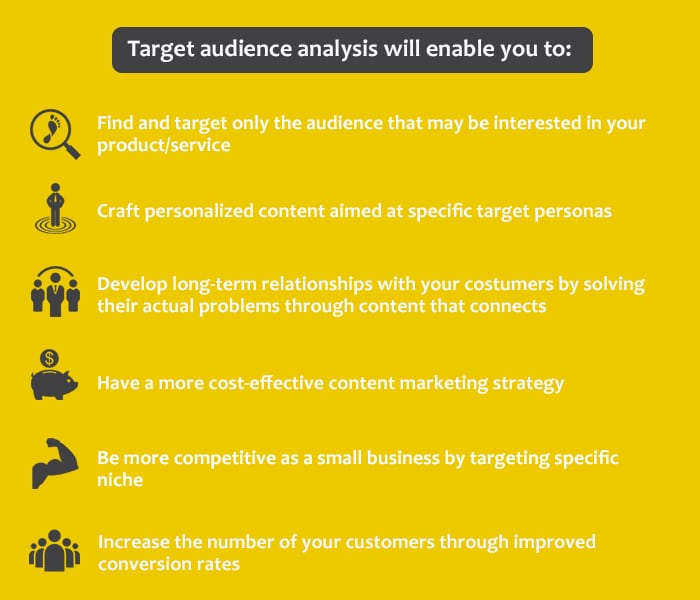
This content marketing tip can offer guaranteed success. If you lead a content marketing team, your first job is to define and identify your target audience. Once that’s done, you can find new customers and take measures to retain the existing customer base. Remember, your content strategy should be devised based on your target audience and their interests. Once you have carried out an audience analysis, you can think of ways to get them engaged with your brand.
2. Be more than a one-hit wonder
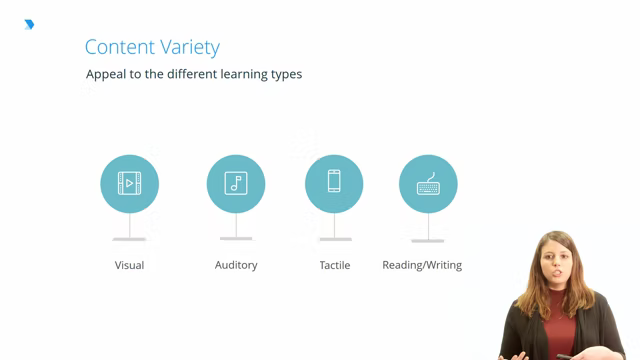
Although there are many content marketing strategy tips, this one is a favorite among content team leaders. Content marketing team leaders across industries have one thing in common—they all emphasize the importance of having a range of premium content on a variety of relevant topics. Your content team brings nothing to the table by being a one-hit wonder! You need a steady stream of high-quality content for uninterrupted user engagement. With limited resources on offer for existing and potential customers, content marketing teams could just remain stuck with a non-scalable business model.
3. Plan right
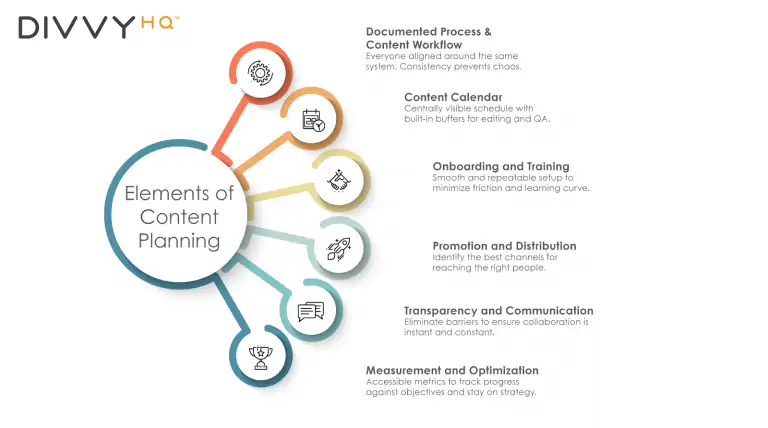
Too many content marketing strategies fall apart because of faulty planning. Content marketing team leaders with a narrow vision often fail to look at the big picture and end up creating plans to fulfil immediate marketing needs, rather than focusing on long-term goals. Content created under the supervision of such leaders is more episodic than strategic, and fails to serve any of its intended purposes. It’s desirable to have a content marketing strategy that is in line with your target audience’s needs. With such a content creation strategy, you will be able to reach your goals without tripping.
4. Be contextually relevant

One of the most common content marketing strategy tips that experts offer is to create relevant content. But why is relevance so important? Well, if you take the time to recognize the consumption preferences of your audience, and create content that will either address their needs or answer their questions, chances are, they will gladly do business with you. So, always try to create engaging, interesting, and relevant content. Your target audience should be able to connect the dots between their challenges and the abilities you have to help them overcome those issues. The more contextually relevant content you will create, the easier it will be for your audience to engage with your brand.
5. Follow a process-driven approach
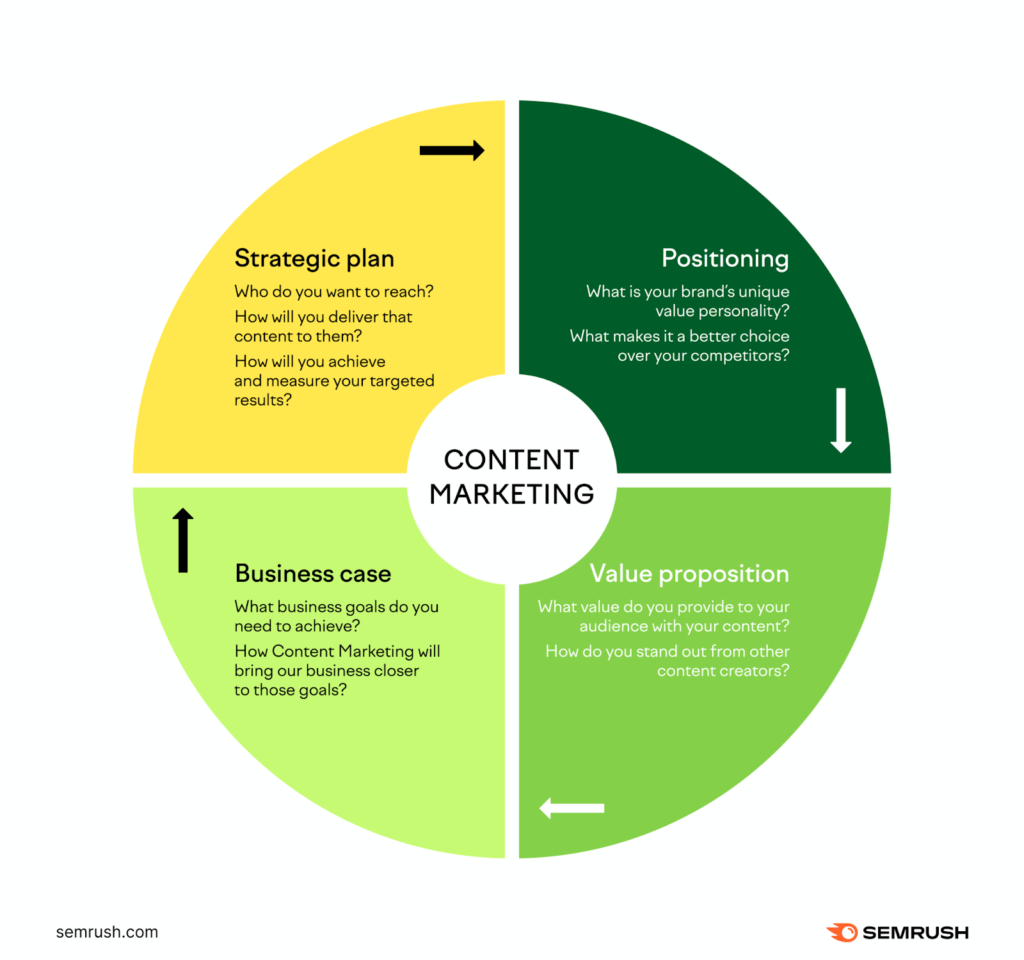
Since content marketing is still an emerging field, many companies aren’t investing enough in this area. Some aren’t even following a content creation process as they are supposed to. Although different organizations follow different content creation processes, a standard process would include stages like planning, creation, publishing, and management. All these steps must be followed religiously, in order to not just attract potential customers, but to also retain the existing ones through quality engagement. Content leaders should emphasize a solid content marketing strategy that can drive success.
6. Build a sense of community
Content marketing is a company-wide responsibility, with the PR, advertising, and other creative departments contributing to it. Make sure you work together as a team to not just determine the goals, theme, and structure of your content marketing program, but to also realize business objectives. Note that even the biggest companies may sometimes need to borrow resources from other departments to realize their content marketing goals. As a content marketing leader, you should make sure there are few internal disputes, and that everyone works with the bigger picture of company profits in mind.
7. Consistency is key
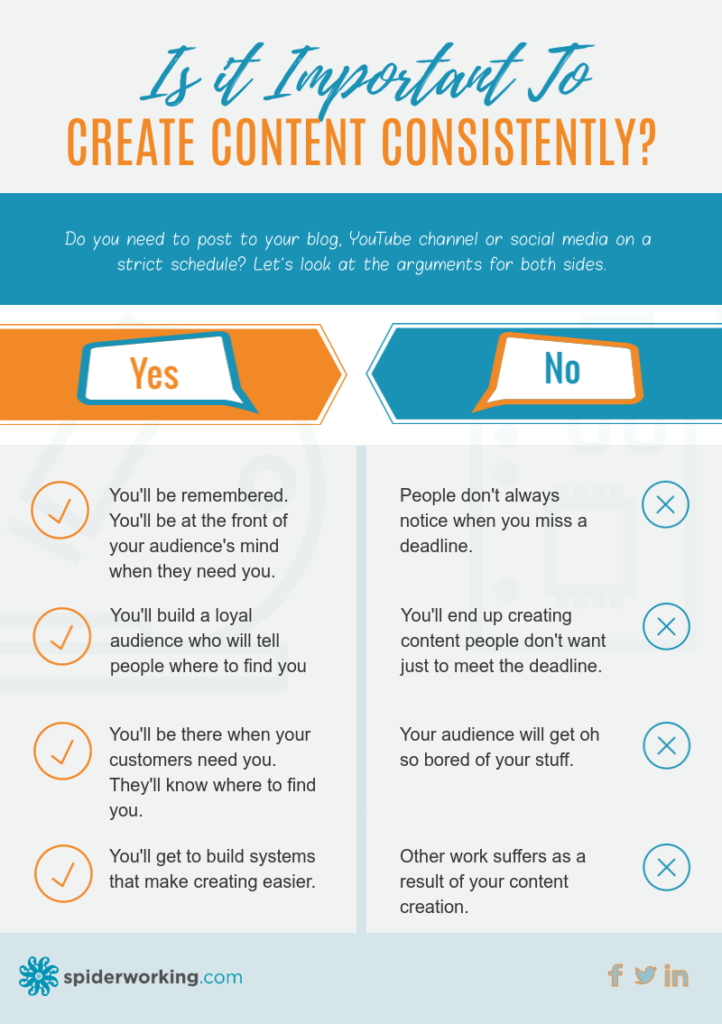
Whether you publish blogs daily or every week, it’s essential that your organization has a plan and adheres to it. If your content quality or quantity is inconsistent, it can cause confusion for your customers. A regular strategy not just improves customer experience, but also builds credibility, reputation, and trust for your brand. In fact, with a streamlined content marketing process, digital marketing improves as an obvious consequence.
Remember, consistency in terms of content can also impact your bottom line. Brands that are consistent have a 20% higher value than those that are inconsistent in their content delivery.
You can use tools to establish a publishing plan for your content. Some of these tools also help monitor engagement levels and track them. Start a routine by publishing content each week. After some time, you can switch to publishing content on different days at the same time. Use your tool to track metrics, such as unique page views, time spent on a page, and bounce rates, to find out when exactly a piece of content performs best.
8. Use the right channels

There is so much content out there that’s competing for attention that you may want to make sure your content is available on all possible channels for better reach. However, some content channels might not be right for your business, and could lead to wasted time and effort, and even money.
Find out who your target audience is, and then choose the channels that will lead you to them. Don’t wait for people to stumble upon your brand; put your content right where your target audience is. Also, make sure your content is relevant to your audience so that there is genuine engagement. Selecting appropriate content marketing channels might need a lot of research, but it’s an integral part of your content marketing strategy.
9. Take advantage of SEO
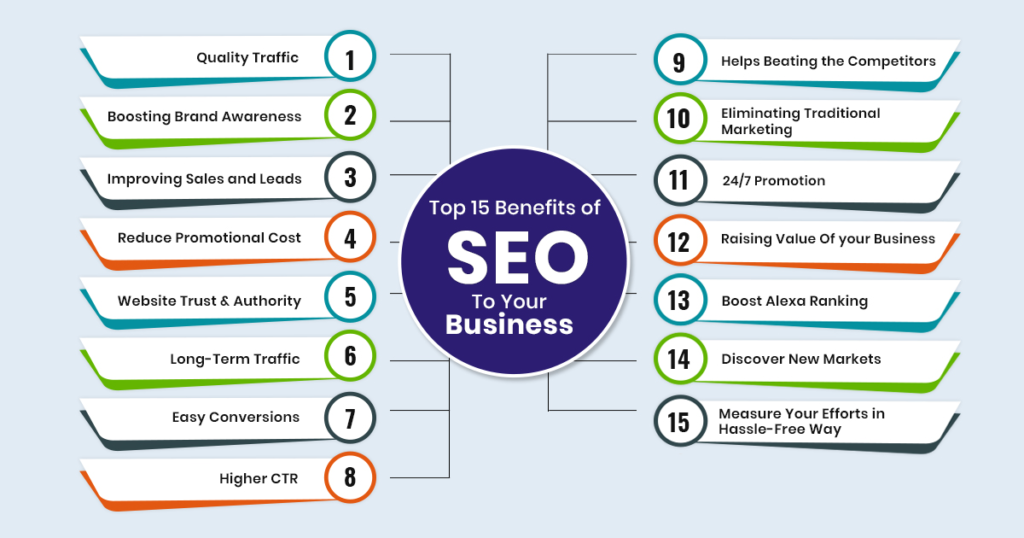
You use content marketing strategies to offer value to your customers through content. SEO, on the other hand, helps search engine algorithms determine the actual value of your content. So, clearly, SEO and content marketing go hand in hand. This means, you require a strong SEO strategy to maximize your content’s reach. Without your content reaching the right audience at the right time, any content creation strategy, no matter how solid, would prove to be pointless.
Key Takeaways
- A content marketing team is like a machine. Even a minute glitch in any of the parts can cause the entire machine to stop working.
- You require a competent content marketing team headed by an able leader to beat market competition.
- The team leader is the orchestrator of all the operations undertaken by a content marketing team.
- To build a content marketing team, you require a content creator, content strategist, and content manager as the basic roles.
- Some of the most effective tips to lead a content team include taking advantage of SEO, using the right media channels, consistency, collaboration, a process-driven approach, and proper planning.

Conclusion
The above-mentioned tips to lead content teams are expert-approved and time-tested. So, there is no reason why they won’t bring results, provided a well-thought-out content marketing strategy has been followed. Just follow the tips religiously, and you will be able to lead by example.
Apart from the tips to lead content teams, the blog also talked about the ideal structure of a content marketing team, the key responsibilities shouldered by different team members, and the essential qualities of a content marketing leader. So, whether you are a content writer, a marketing leader, or a business, you will be able to benefit immensely from every bit of information dished out above.
FAQs
Here are the five key features of a content marketing strategy.
1. Having a clearly defined audience
2. Having specific, measurable, attainable, reliable, and timely goals
3. Providing customers with a clear value proposition
Proper branding
4. Defining success metrics
Mentioned below are the four elements of good content.
1. A subject that addresses customers’ queries and needs
2. Keywords to help the content to be found online
3. A clear call-to-action (CTA)
4. A compelling message worth sharing across platforms
The seven Cs of marketing are credibility, consistency, creativity, communication, competition, convenience, and clients.
The benefits of content marketing in digital marketing are immense. This explains its growing popularity among businesses. Content marketing is something all businesses should consider, regardless of their size. But the budget will dictate the strategy’s size and scope.
The first step is establishing goals. You must understand why you are creating content. Once you have decided the objectives, set some targets, and work towards achieving them.
A B2B content marketing strategy involves producing and distributing content to promote products and services, increase traffic, and drive sales for B2B businesses. Blogging, podcasting and email newsletters are all common forms of B2B content marketing.
Latest Blogs
Explore how Google’s 2025 AI search updates triggered ranking chaos. Learn actionable strategies to adapt your SEO for AI Overviews, zero-click searches, and SERP volatility. Stay ahead now.
Learn how to rank on AI search engines like ChatGPT, Perplexity, and Gemini by optimizing your content for authority, structure, and relevance. Stay ahead in AI-driven search with this strategic guide.
Explore the best healthcare SEO services for your medical practice. Improve online visibility and effectively reach more patients in need of your services.
Get your hands on the latest news!
Similar Posts

Content Marketing
4 mins read
11 Best B2B Content Marketing Agencies for B2B Companies in 2024

Content Marketing
5 mins read
Top ecommerce Marketing Agencies with Proven Strategies for 2024

Content Marketing
5 mins read